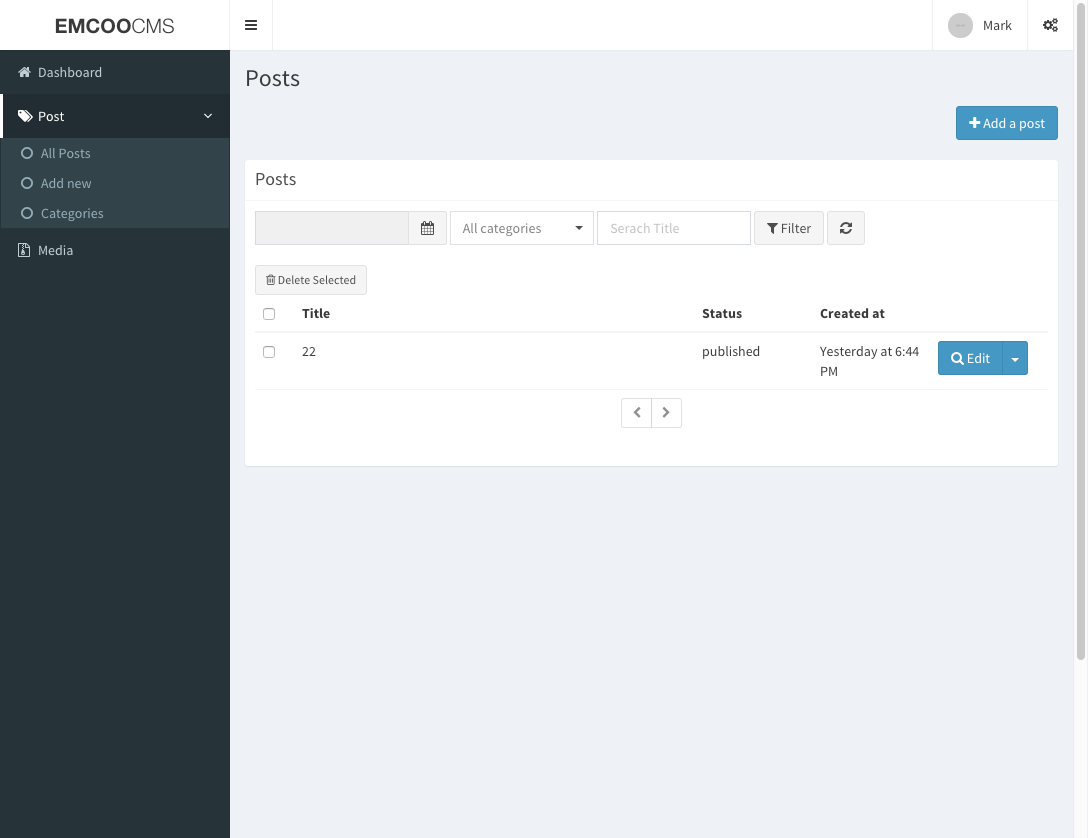Copy Files To Dev Null Productions 3,8/5 7376reviews
I'm doing an evaluation of Sitefinity for my company and one of their concerns is the ability to easily move a site from a dev environment to production, is this possible? Thanks, Trev. Please check whether all files were copied and the database you restored is not corrupted somehow. The error you are. Hi, OS B.11.11 Model 9000/800/rp4440 some how my /dev/null become ordinary file. Ignit_02(OVO8):/dev (root) ll null -rw-rw-rw- 1 root sys 0 Mar 14 15:18 null.
/dev/null Uses of /dev/null Think of /dev/null as a black hole. It is essentially the equivalent of a write-only file. Everything written to it disappears. Attempts to read or output from it result in nothing. All the same, /dev/null can be quite useful from both the command-line and in scripts. Suppressing stdout. Cat $filename >/dev/null # Contents of the file will not list to stdout.
Suppressing stderr (from ). Rm $badname 2>/dev/null # So error messages [stderr] deep-sixed. Suppressing output from both stdout and stderr. Cat $filename 2>/dev/null >/dev/null # If '$filename' does not exist, there will be no error message output. # If '$filename' does exist, the contents of the file will not list to stdout. # Therefore, no output at all will result from the above line of code. # # This can be useful in situations where the return code from a command #+ needs to be tested, but no output is desired.

# # cat $filename &>/dev/null # also works, as Baris Cicek points out. Deleting contents of a file, but preserving the file itself, with all attendant permissions (from and ): cat /dev/null >/var/log/messages #: >/var/log/messages has same effect, but does not spawn a new process. Cat /dev/null >/var/log/wtmp Automatically emptying the contents of a logfile (especially good for dealing with those nasty 'cookies' sent by commercial Web sites). Example 31-1.
Hiding the cookie jar # Obsolete Netscape browser. # Same principle applies to newer browsers. If [ -f ~/.netscape/cookies ] # Remove, if exists. Then rm -f ~/.netscape/cookies fi ln -s /dev/null ~/.netscape/cookies # All cookies now get sent to a black hole, rather than saved to disk.
Uses of /dev/zero Like /dev/null, /dev/zero is a pseudo-device file, but it actually produces a stream of nulls ( binary zeros, not the kind). Output written to /dev/zero disappears, and it is fairly difficult to actually read the nulls emitted there, though it can be done with or a hex editor. The chief use of /dev/zero is creating an initialized dummy file of predetermined length intended as a temporary swap file. Example 31-3. Creating a ramdisk #!/bin/bash # ramdisk.sh # A 'ramdisk' is a segment of system RAM memory #+ which acts as if it were a filesystem. # Its advantage is very fast access (read/write time). # Disadvantages: volatility, loss of data on reboot or powerdown, #+ less RAM available to system.
# # Of what use is a ramdisk? # Keeping a large dataset, such as a table or dictionary on ramdisk, #+ speeds up data lookup, since memory access is much faster than disk access. E_NON_ROOT_USER=70 # Must run as root. ROOTUSER_NAME=root MOUNTPT=/mnt/ramdisk # Create with mkdir /mnt/ramdisk. SIZE=2000 # 2K blocks (change as appropriate) BLOCKSIZE=1024 # 1K (1024 byte) block size DEVICE=/dev/ram0 # First ram device username=`id -nu` if [ '$username'!= '$ROOTUSER_NAME' ] then echo 'Must be root to run '`basename $0` '.' Exit $E_NON_ROOT_USER fi if [!
-d '$MOUNTPT' ] # Test whether mount point already there, then #+ so no error if this script is run mkdir $MOUNTPT #+ multiple times. Fi ############################################################################## dd if=/dev/zero of=$DEVICE count=$SIZE bs=$BLOCKSIZE # Zero out RAM device. # Why is this necessary? Mke2fs $DEVICE # Create an ext2 filesystem on it. International Master Diagnostics Keygen Torrent. Mount $DEVICE $MOUNTPT # Mount it. Chmod 777 $MOUNTPT # Enables ordinary user to access ramdisk. # However, must be root to unmount it.
############################################################################## # Need to test whether above commands succeed. Could cause problems otherwise. # Exercise: modify this script to make it safer. Echo ' '$MOUNTPT ' now available for use.' # The ramdisk is now accessible for storing files, even by an ordinary user.
# Caution, the ramdisk is volatile, and its contents will disappear #+ on reboot or power loss. # Copy anything you want saved to a regular directory.
# After reboot, run this script to again set up ramdisk. # Remounting /mnt/ramdisk without the other steps will not work. # Suitably modified, this script can by invoked in /etc/rc.d/rc.local, #+ to set up ramdisk automatically at bootup. # That may be appropriate on, for example, a database server. Exit 0 In addition to all the above, /dev/zero is needed by ELF ( Executable and Linking Format) UNIX/Linux binaries.
